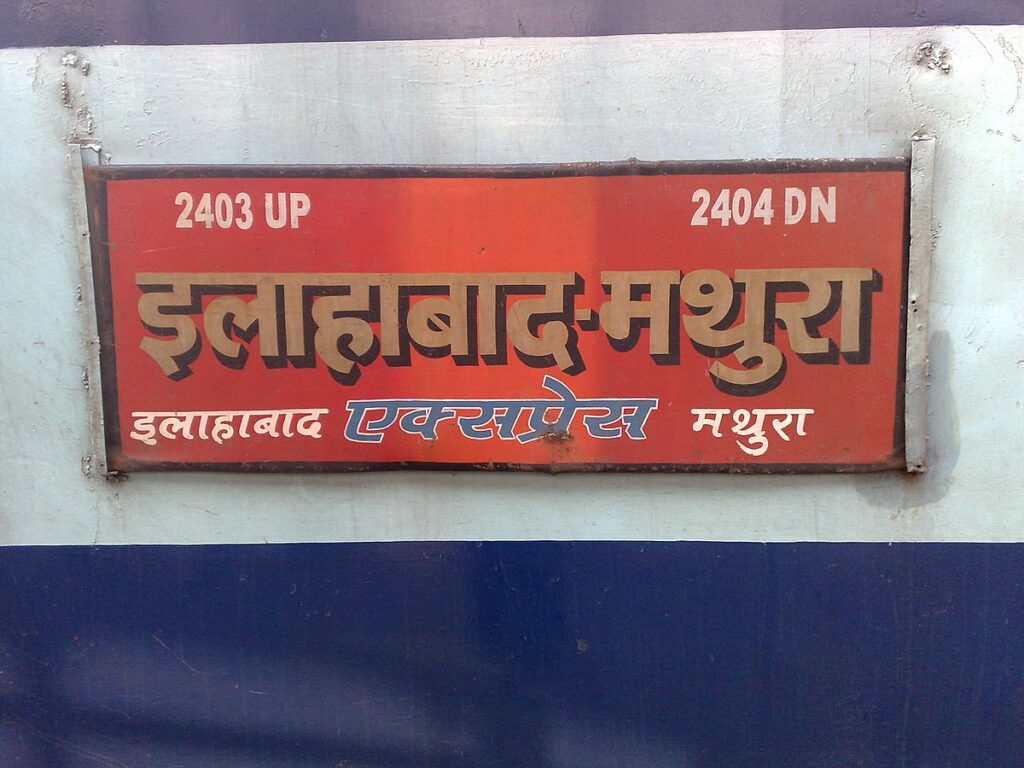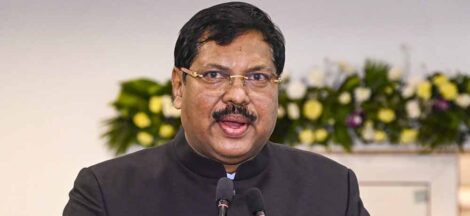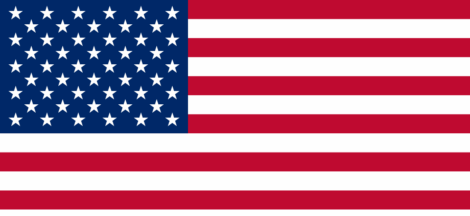A single-judge bench at the Allahabad High Court, presided over by Justice Ram Manohar Narayan Mishra, on Friday dismissed a plea seeking to describe the Shahi Idgah Mosque as a “disputed structure” in all ongoing suits connected to the Krishna Janmabhoomi–Shahi Idgah dispute in Mathura. The bench ruled that, based on the current evidence, there were no grounds to alter the mosque’s name in official proceedings, a decision that signals a cautious judicial approach to semantics amid long-running land and religious tensions.
The application, filed by advocate Mahendra Pratap Singh and supported by several Hindu plaintiffs, argued that the term “Shahi Idgah Mosque” prejudicially implied religious ownership. They contended that no land records, municipal filings, or tax documents validated its designation as a mosque and proposed the neutral label “disputed structure” to avoid bias. Justice Mishra, however, rebuffed this effort, stating that “at this stage” the court was not convinced such a change was warranted.
This legal manoeuvre is part of a broader strategy employed by Hindu litigants in some of the 18 suits they have filed. These petitions collectively call for the removal of what they describe as illegal encroachments on the Krishna Janmabhoomi temple land, alleging that the mosque was erected during Mughal rule—specifically under Aurangzeb, and following the demolition of a temple at Lord Krishna’s birthplace.
The origins of the present dispute trace back to a 1968 compromise agreement that allowed simultaneous worship at both the temple and mosque premises. Now, petitioners argue that the agreement was procured through fraud and stands invalid, thereby justifying their demand for removal of the mosque.
The High Court’s decision reflects a measured judicial posture, refraining from intervening prematurely in matters of nomenclature that could influence judicial neutrality. “The structure is commonly referred to as the Shahi Masjid Idgah in the pleadings of both parties and no confusion exists,” the court observed.
The litigation has seen a tapestry of procedural and substantive developments. In May 2023, the High Court transferred the suits from Mathura to itself, consolidating them for coordinated adjudication. In December 2023, it ordered the appointment of a commissioner to inspect the mosque premises—an order that was later stayed by the Supreme Court in January 2024, with the stay still in effect.
A related petition in May also sought to include goddess Radha as a party, citing references in Puranic scripture to establish her legal standing. Justice Mishra, however, declined, saying “Puranic illustrations are considered hearsay evidence” and cannot determine property rights.
The Shahi Idgah’s history spans over 400 years, with Muslim litigants underscoring its longstanding existence and protesting both the proposed renaming and calls for demolition. Comparisons have been drawn to the Ayodhya dispute, though this case remains less charged; the court’s conservative stance on terminology indicates careful navigation of sensitive religious terrain.
Parallel litigation in Sambhal, involving a separate Shahi Jama Masjid, saw the High Court allow a survey of the mosque premises by an advocate commissioner in November 2024. The court held that such suits are not barred under the Places of Worship Act, 1991, and that access to protected monuments under the Ancient Monuments Act, 1958, is permissible. That decision remains in force.
Much hinges on forthcoming procedural steps and evidentiary records—particularly revenue and municipal documentation. Petitioners claim that such records are non-existent or questionable, while defendants maintain that longstanding nomenclature reflects genuine historical and religious identity.
Stakeholders are planning for subsequent court proceedings, with hearings expected to unravel the merits of land title, historical continuity, and the validity of the 1968 agreement. The mosque management has voiced confidence in the court’s impartiality, expecting a narrow focus on documentary verification rather than emotive symbolism.




 Gavai Pledges Openness in Judicial Appointments
Gavai Pledges Openness in Judicial Appointments 